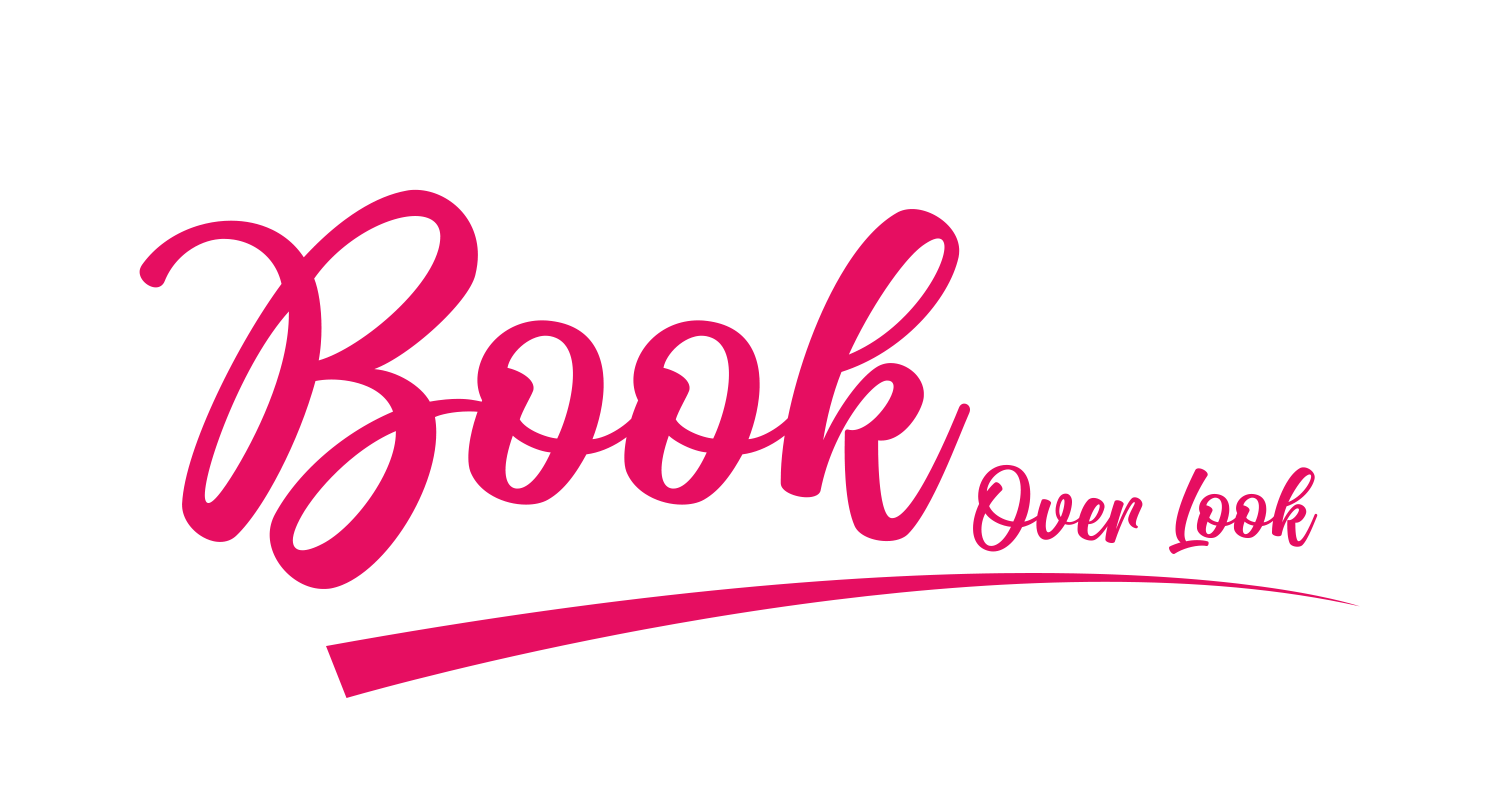As healthcare delivery grows more complex, overloaded nurses and physicians increasingly depend on support from multi-skilled medical assistants handling critical administrative and clinical operations enabling patient care continuity. Medical assistants verify insurance, organize records, assist examinations, collect samples and much more, all with direct impact on population health quality. Yet tremendous demand also ushers unqualified individuals into roles jeopardizing care outcomes and facility reputations if inadequately prepared. According to the good folk over at ProTrain, rigorous medical assistant certification training thus serves community wellbeing while unlocking career prospects for compassionate professionals seeking stability supporting patients.
Accredited Certification Matters
Given the breadth of critical responsibilities trusted to medical assistants, credentials signaling demonstrated competencies rightfully provide the gateway into practice rather than loosely regulated on-job-training. Leading industry bodies either accredit training programs directly or administer their own competency exams – sometimes both. The American Association of Medical Assistants (AAMA) sets curriculum standards for degree granting programs specializing in medical assisting instruction at colleges or universities. The National Healthcareer Association (NHA) also offers direct certification. They evaluate allied health programs and administer the nationally recognized Certified Clinical Medical Assistant (CCMA) exam. This tests the essential skills for success in both administrative and patient care. For credible and reliable training program selection, it is crucial to involve a reputable third-party organization for objective evaluation and monitoring.
Comprehensive Delivery Models
Since most aspiring medical assistants already support families through external employment obligations, accredited certification curriculums creatively bridge competency building with accommodation via blended learning frameworks synthesizing multiple modes of engagement. Many divide curriculum across asynchronous and synchronous components. For example, prerecorded video lectures, reading and hands-on virtual simulations allow self-paced comprehension supplemented by live interactive instructor-led skill drills, industry guest speaker webinars and collaborative peer open forums at fixed times. Such a combination optimizes flexibility without sacrificing immersion. It also enables small private cohorts facilitating community support that pushes members towards shared success.
Clinical Externships
Classroom theory alone fails to adequately prepare students for practicing complex patient care duties medical assistants undertake. This hands-on work requires experiential exposure absent from conventional curriculums. Consequently, top-tier training programs include clinical rotations or preceptorships at partner outpatient facilities to provide practical experience. With 120–200-hour assignments, students gain hands-on experience by collaborating with experienced hospital medical assistants and clinic LPNs. This puts classroom knowledge into practice within care teams. Externships cement abilities to expertly handle instrumentation, communicate with providers and patients, collect specimens and document the clinical record. No substitute for onsite training exists.
Career Support and Continuing Education
Medical assisting certification delivers an entry-level launch point not a final destination. Conscientious grads committed to sustained excellence purposely seek training providers pledging ongoing career development post-graduation through employer networks, credential renewal assistance and upskilling opportunities. Many assist newly certified job applicants with targeted resume preparation highlighting certified abilities. Some even host virtual career fairs connecting students directly to healthcare HR representatives with immediate staffing needs. Additionally, extending graduated access to resources like clinical procedure refresher courses and discounts on higher specialty certifications such as phlebotomy, EKG technology, IV therapy and dialysis maintenance incentivizes continual enrichment benefiting themselves, patients, and employers simultaneously.
Conclusion
Insatiable demand for multi-skilled medical assistants propels opportunities, yet care delivery integrity hinges on role readiness. Requiring accredited credentials fortifies healthcare. Seek reputable certifications endorsed by third parties through comprehensive delivery balancing flexibility with applied skills reinforcement via clinical externships. Confirm career launch support and continuing education too. As complex dynamics challenge future care provision, qualified medical assistants uphold community wellbeing through compassion and consistency. The right training choice empowers this purpose.

